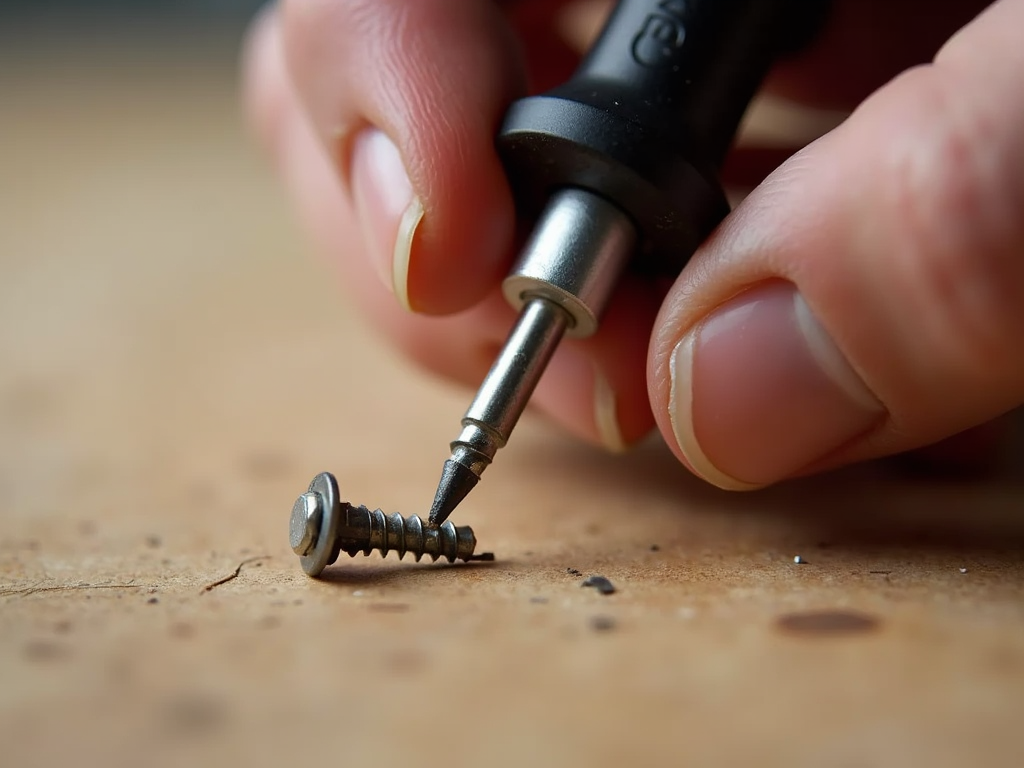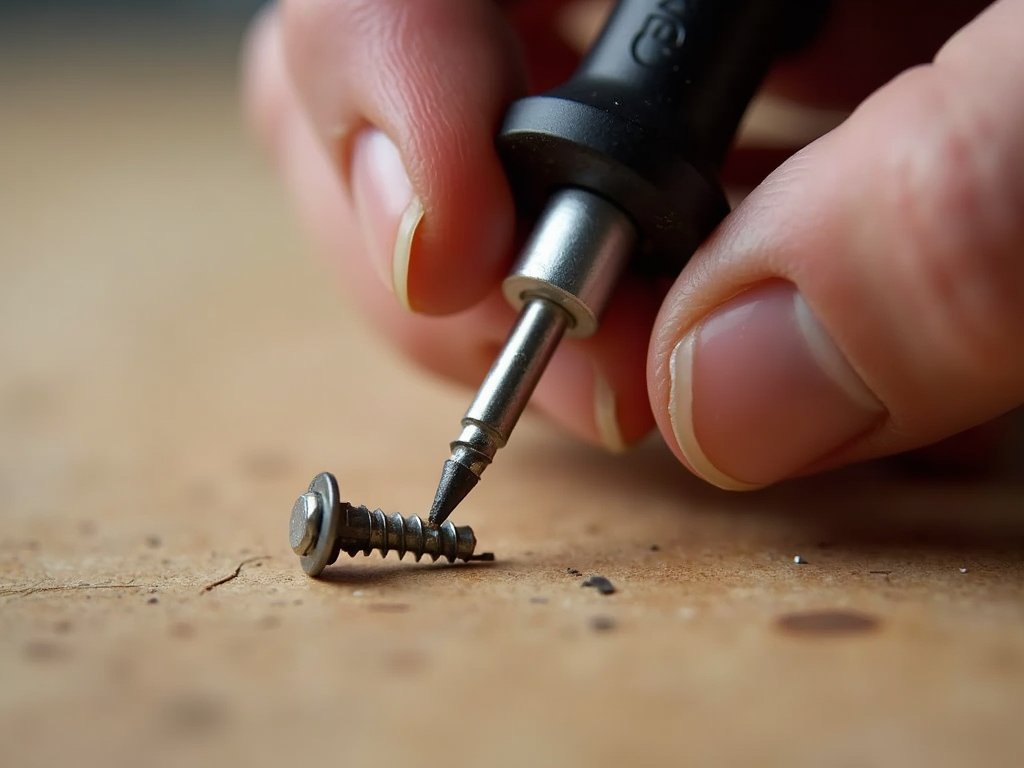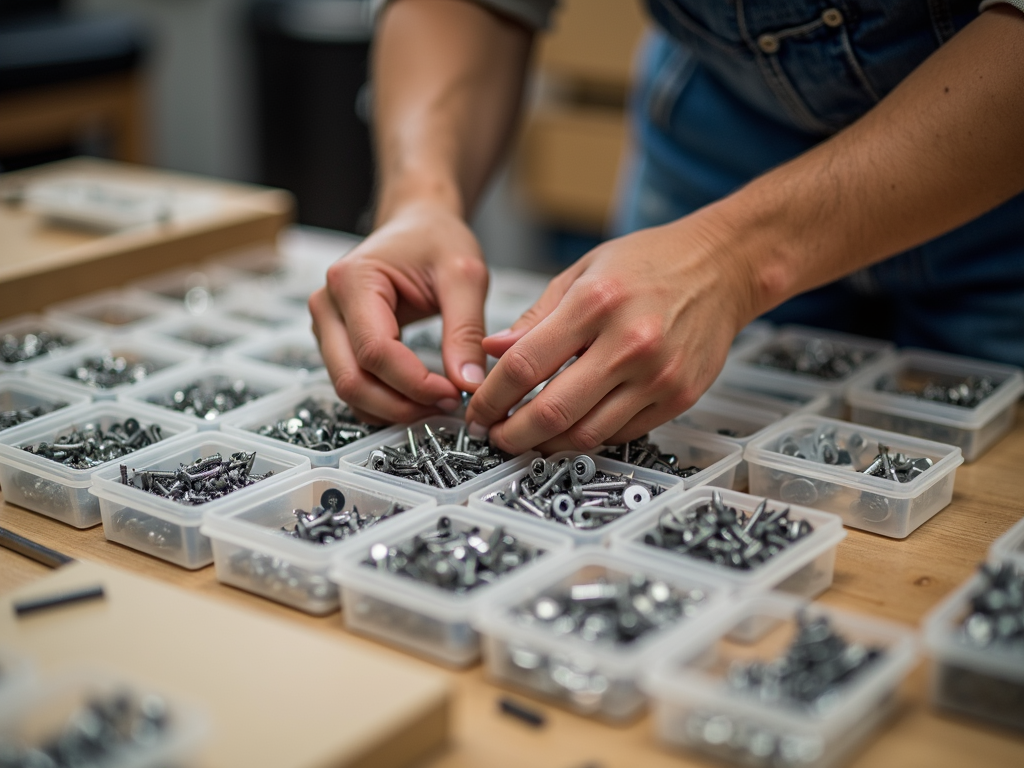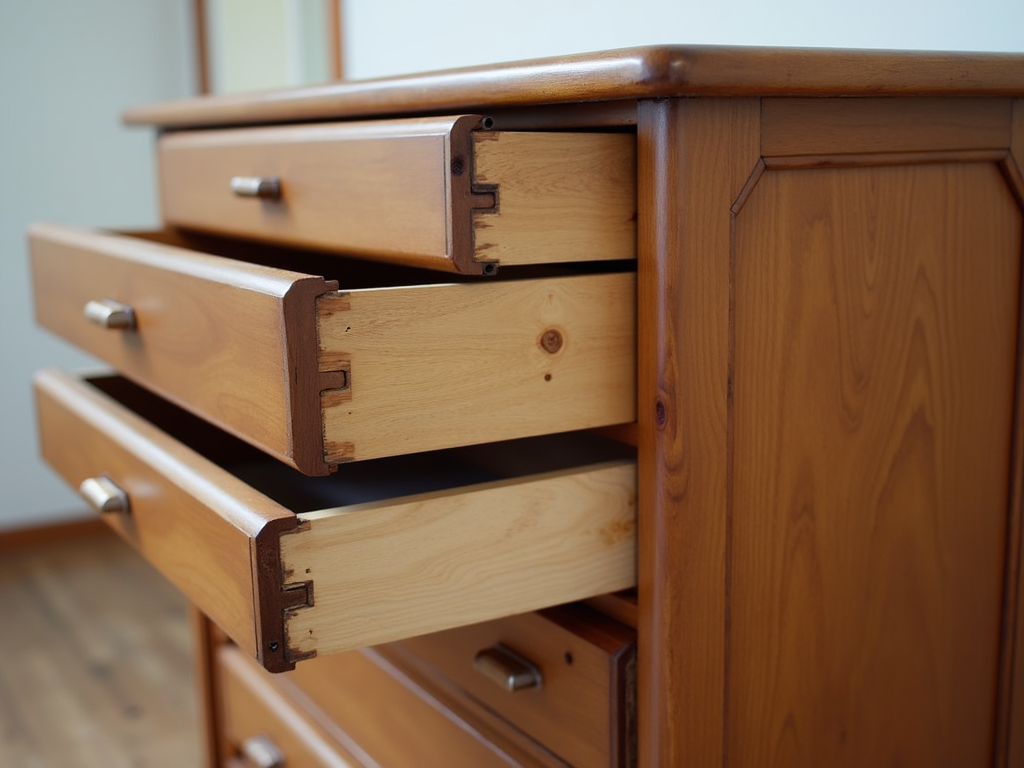Featured Post
Common Furniture Assembly Mistakes and How to Avoid Them
Overview
Furniture assembly can be a daunting task, especially for those who are not particularly handy. Whether it's a new dresser for your bedroom or a bookshelf for your living room, the process can be fraught with potential mistakes that can lead to frustration, wasted time, and even damaged furniture. However, with a little preparation and knowledge, you can avoid these common pitfalls and assemble your furniture like a pro. In this article, we'll explore the most common furniture assembly mistakes and provide practical tips on how to avoid them, ensuring your furniture is sturdy, functional, and looks great in your home.
Main Content
One of the most common mistakes people make when assembling furniture is not reading the instructions thoroughly. It's tempting to dive right in and start putting pieces together, but this can lead to confusion and errors down the line. Take the time to read through the entire instruction manual before you begin. This will give you a clear understanding of the process and help you identify any potential challenges or special tools you might need.
Another mistake is not having the right tools for the job. While many furniture pieces come with the necessary hardware, you may still need additional tools like a screwdriver, hammer, or drill. Make sure you have all the required tools on hand before you start assembling. If you're unsure about what tools you'll need, check the instruction manual or do a quick online search for tips specific to your furniture piece.
Speaking of tools, using the wrong type of screwdriver or wrench can strip screws or damage the furniture. Always use the correct size and type of tool for the hardware provided. If you're assembling a dresser, for example, you might need both a Phillips and a flathead screwdriver, depending on the screws used.

Not having enough space to work is another common issue. Furniture assembly often requires laying out all the pieces and hardware, which can take up a lot of room. Make sure you have a clear, flat surface to work on, and enough space to move around comfortably. If you're assembling a large piece like a dresser, you might need to clear out an entire room or at least a large section of it.
When it comes to actually putting the pieces together, one mistake is not aligning the parts correctly. This can lead to wobbly furniture or pieces that don't fit together properly. Take your time to ensure that each part is aligned correctly before tightening any screws or bolts. It can be helpful to have a second person assist you, especially with larger pieces like dressers, to hold parts in place while you secure them.

Another common error is over-tightening screws and bolts. While it's important to make sure everything is secure, over-tightening can strip the threads or even crack the wood. Tighten hardware until it's snug, but don't force it beyond that point.
For dressers specifically, one mistake is not properly installing the drawer slides. Drawer slides need to be aligned perfectly to ensure the drawers open and close smoothly. Take extra care when installing these, and double-check their alignment before moving on to the next step.

It's also important to avoid assembling furniture on a soft or uneven surface. This can cause the furniture to become misaligned or wobbly. Always assemble on a hard, flat surface like a hardwood floor or a large table.
Another tip is to sort and organize all the hardware before you begin. This can save you time and frustration later on when you're trying to find a specific screw or bolt. You can use small containers or even just separate piles on the floor to keep everything organized.

When assembling a dresser, pay special attention to the back panel. This panel provides stability to the entire piece, so make sure it's securely attached. If the back panel is not installed correctly, the dresser may wobble or even collapse.
Don't forget to check for any missing or damaged parts before you start assembling. It's much easier to contact the manufacturer for replacement parts before you've begun the assembly process than to discover a problem halfway through.
Finally, take your time and don't rush the process. Furniture assembly can be time-consuming, but rushing through it can lead to mistakes and frustration. Set aside plenty of time to complete the project, and take breaks if you start to feel overwhelmed.

Summary
Assembling furniture, especially pieces like dressers, can be a challenging task, but by avoiding common mistakes, you can make the process smoother and more successful. Remember to read the instructions thoroughly, use the right tools, work in a spacious area, align parts correctly, and take your time. By following these tips, you'll be able to assemble your furniture like a pro and enjoy a sturdy, functional piece in your home.









